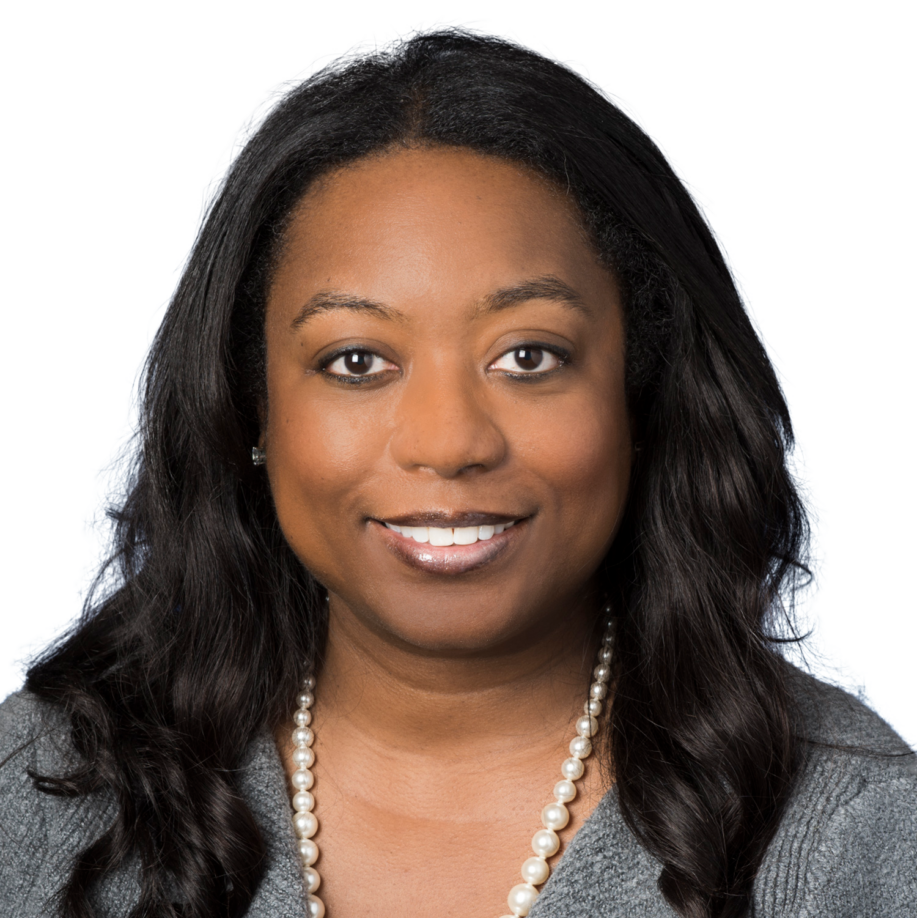What do icebergs and bias in hiring have in common? Quite a lot, said Dr. Denise Caleb, president of the HR Standards Institute, in her opening day keynote at the HR Technology Conference Virtual on Tuesday.
When HR and recruiting professionals evaluate candidates, they are making immediate judgments based on what they see about them. But, like an iceberg—the majority of which exists under the surface of the water, out of sight—there’s much more to humans than what the eye can first see. And that concept needs to be at the core of HR strategy to foster genuine inclusion, Caleb said.
Take her, for instance, she offered. At first glance, someone could notice several things about her: She is Black, presents as a woman and has a resume that details a career in HR. But those recognitions alone, and the meaning HR or recruiting professionals may attach to them, miss everything below the surface.
For instance, she’s a mother, an Army spouse, has a neurodiverse child, has been a caregiver for more than a decade.

Those identities bring with them many lived experiences that inform her skill set and what she brings to work, Caleb says. For instance, an employer may not know that, throughout many of the educational and work experiences listed on her CV, she was the “only.”
She was the sole Black child in her school growing up and frequently heard the “n” word, including from her second-grade teacher. In fact, she didn’t have a Black teacher until she was in graduate school. And once she reached the corporate world, she rarely found someone who came from a similar background.
“When you’re the only, and you don’t have someone who looks like you to share your thoughts, your feelings and your shared experiences happening to you within your work environment,” it can be isolating, she said.
Outside of work, her family experience has also been a driving influence on who she is. Over the course of 26 years, Caleb’s husband was deployed eight times—so, even though she was in a dual-income household, she often functioned as a single parent. The loss of several of her husband’s colleagues heightened her sense of empathy, as did caring for a son on the autism spectrum and a mother who suffered a heart attack and stroke.
But without digging deeper beyond what Caleb looks like, in person and on paper, an HR professional would miss who she really is.
“Each of your employees comes to your environment with these lived experiences, and there will be things that will trigger how they show up and how they behave, and we need to be mindful of those interactions,” Caleb said. “Each of us has to get to know people on a personal level and allow them to be their authentic selves.”
While that requires HR to invest the work in being empathetic, people-focused leaders, creating the psychological safety that enables all employees to bring their whole selves to work also requires a deep commitment to DE&I—across the enterprise.
See also: This Black History Month, is your DEI focus in the right place?
“If you’re not ready, I think you’d better get ready—this is what employees are expecting,” Caleb said about the rising importance of DE&I work to incoming talent.
HR needs to lead the organization, she said, to place a DE&I lens across all “processes, practices and procedures,” particularly when it comes to using tech. For instance, as HR professionals leverage systems—timekeeping, ATS, LMS, HRIS—they need to be doing so with DE&I top of mind.
“It’s important to overlay that lens [of DE&I],” she said. “Every time we enter information into a system or pull data from a system, we’re making decisions based off of it—and we come with our own biases. So, we have to step back and ask how we’re using the information appropriately.”
The post Empathy and a DEI ‘lens’: Keys to fueling sustainable people practices appeared first on HR Executive.